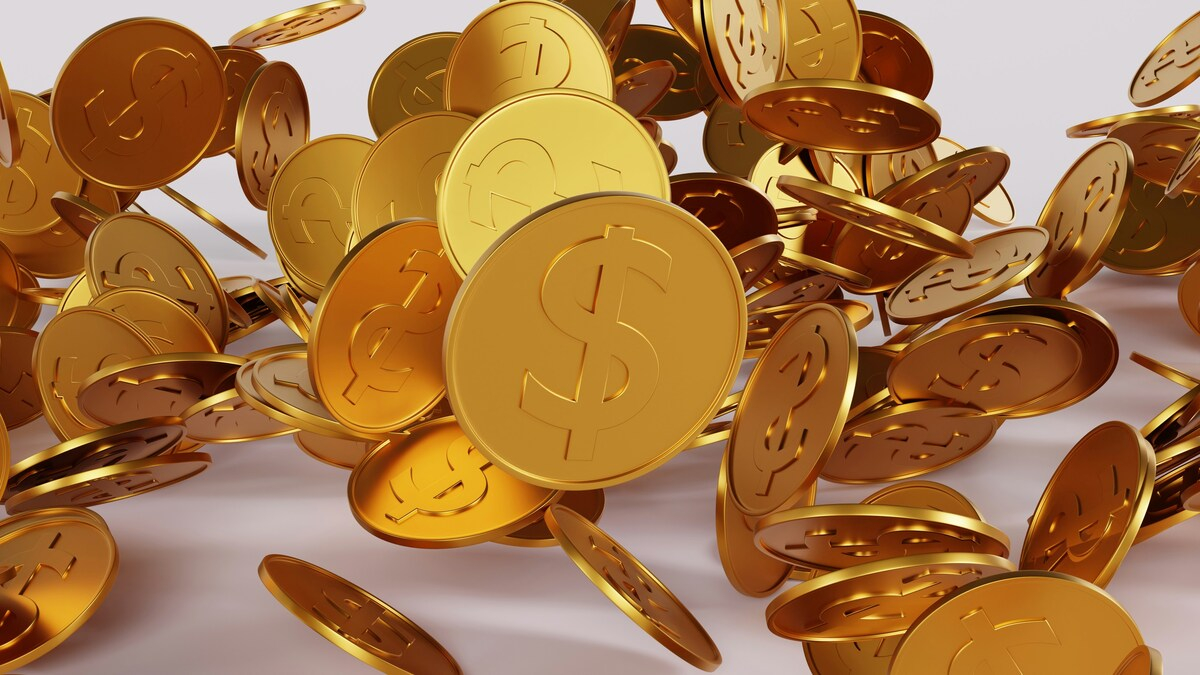Manufacturing errors are often a headache for most products, but when it comes to coins, they can turn everyday money into a treasure trove for collectors. These errors, which are rare and often corrected quickly, significantly increase the value of coins. A prime example is the 1999 Georgia state quarter, whose value has skyrocketed to as much as $10,000 due to a unique minting error.
The story behind the 1999 Georgia quarter
Issued by the U.S. Mint under the aegis of the State Quarters Program, Georgia’s state quarter is one of the different quarters minted for every state beginning in 1999 in honor of the amazing historical heritage of that state. However, among these quarters, some are regarded as collectible due to odd errors resulting from experimentation with planchets.
During such time, an alloy was used for experimenting in the Mint, which would be used for the popular Hunkpapa dollar Sacagawea released in 2000, which has that bright gold tint. Mistakenly, of the Georgia quarter coins, some have been struck in this alloy while the Mint decided to quit the alloy in quarters. A few got through into circulation before the error was caught, thus making an accident minting.
Read more: Goodbye to traveling without ID – These are the new requirements that go into effect in the U.S. in 2025.
These experimental planchet Georgia quarters are distinguished by their unique golden or greenish glitter similar to the Sacagawea dollar. According to the U.S. Coins Guide, some of these examples can be worth as much as $10,000, one selling late in 2022 for $7,200. Because of their high rarity, these coins have become prime targets for numismatists and collectors alike.
Identifying and selling a rare Georgia quarter
If you think you might have a 1999 Georgia quarter with this unique error, here are the key features to look for:
- Unusual Weight
An experimental planchet Georgia quarter weighs between 5.9 and 6.3 grams, slightly heavier than the standard copper-nickel-clad quarter, which weighs 5.67 grams. - Distinct Appearance
- Thicker than a typical quarter.
- Displays a golden or greenish color.
- Lacks the copper-colored stripe usually visible on the coin’s edge.
- Edge and Rim Differences
- Missing or incomplete edge reading (the ridges on the edge of the coin).
- A thicker rim than standard quarters, with the rim encircling both sides of the coin.
When evaluating whether or not your quarter checks all the boxes above, resist the urge to spend it. Instead, consult with a credible coin dealer or have it authenticated through a reputable coin grading service.
Once verified, it’s as easy to sell your rare quarter over the Internet as it is to sell it on sites like eBay, which is full of collectors looking for the next precious find. Include exhaustively detailed photographs and a provenance certificate for serious buyers.
A collector’s opportunity
The Georgia Quarter, minted in 1999, reminds collectors that a rare coin error can turn ordinary pocket change into a fortune. It is worthwhile to spend time researching these unique quarters if you happen to discover one. You just might uncover a $10,000 treasure in your coin jug.
